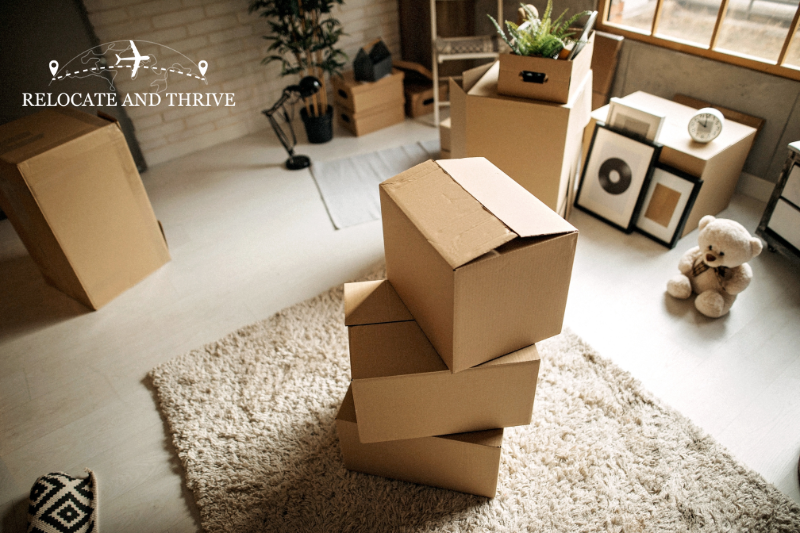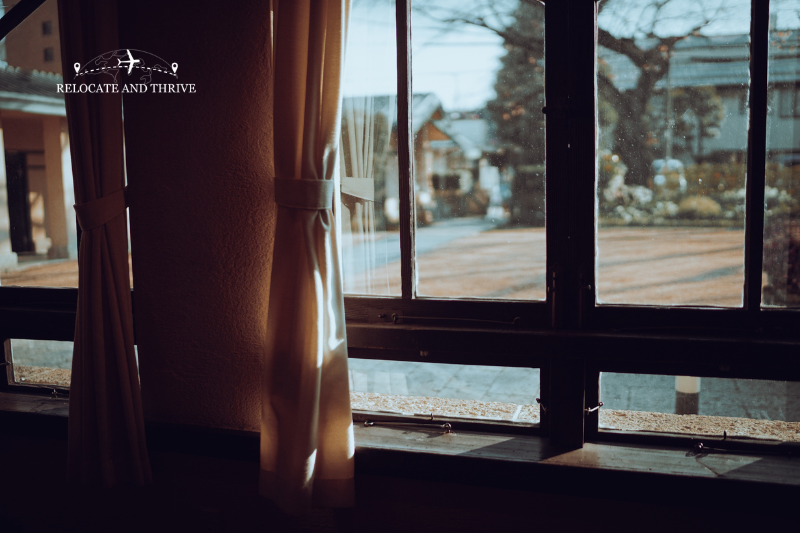The Hardest Part About Relocating (and How I Overcame It)
The first morning in my new house felt too quiet. The apartment was full of boxes that looked like strangers. My coffee mug was somewhere in a taped carton, my phone auto-filled the wrong weather, and the air smelled like fresh paint instead of breakfast. I had imagined that moving would be about packing cubes and change-of-address forms. It was really about standing in a place where my life had no grooves yet.
What Actually Makes Relocating Hard
For me, the hardest part was not the logistics. It was the belonging gap, the space between who I had been in my old life and who I had not yet become in the new one. In my previous neighborhood I carried a quiet map in my head. I knew which barista wrote hearts in the foam, which route home avoided traffic at 5:30, which neighbor watered their plants on Thursdays. None of that existed here. My brain kept reaching for handles that were not installed yet.
That gap shows up in small ways. You second-guess the bus line. You forget which trash bin is for bottles. You try a new grocery store, then stand frozen in the middle aisle because the pasta is not where pasta should be. The day fills with tiny frictions, and by evening you feel like you have done a full workout without leaving a ten-block radius.
Naming the Problem Helped Me Start Solving It
Once I called it the belonging gap, I stopped blaming myself for being tired or emotional. A gap can be bridged. I did not need a personality transplant, I needed anchors and a plan. I wrote one on a sticky note and put it on the fridge door. I called it my Stability Sprint.
The Stability Sprint: Two Weeks to Stop Feeling Lost
I gave myself a focused two-week window. Not to find best friends or a dream gym, just to build enough routine that my days stopped wobbling.
Daily basics
Sleep and light: I set a bedtime, opened the curtains as soon as I woke up, and walked in the sun for fifteen minutes before checking my email.
Food: I picked three default meals I could make on autopilot. One breakfast, one lunch, one dinner. I stocked ingredients for those and stopped pretending I would cook elaborate recipes the first month.
Movement: I kept it simple, twenty minutes of something that made my body feel familiar. A short jog, a stretch session, or a loop around the block.
Home setup, only the essentials
One finished corner: I fully set up a chair, a lamp, a plant, and a small table. When the rest of the apartment looked chaotic, that corner reminded me I had a place to land.
The functional five: bed, shower, coffee, laptop, laundry. If these worked, the day worked. I fixed them first.
Neighborhood orientation
The three-loop walk: I picked three loops from my front door, ten, twenty, and thirty minutes. I walked each loop at different times of day to notice the rhythm of the street, the smell of bakeries, and the places that felt safe at night.
Map muscles: I learned one bus line by heart and one bike or walking path. I saved offline maps and starred spots I wanted to try.
Admin that reduces stress
Local emergency list on the fridge. Clinic, pharmacy, late-night grocery, a trusted taxi app.
Address updates batched on one afternoon. I made a checklist and worked through it without mixing it into daily life.
By the end of two weeks I no longer felt like I was walking on marbles. Life still looked new, but it had a floor.
People First, But Gently
The pressure to find a friend group fast can backfire. I used to cram my calendar with meetups and left each one more drained. This time I tried a softer approach.
The five-person map
I listed five types of people to look for, not five specific names. A neighbor who says hello. A barista who recognizes my order. A colleague or classmate I can message about small wins. A local helper, like a repair person or building manager. A hobby contact, someone I see at a class or a run group. These weak ties warmed the city. The strong ties came later.
One recurring place
Instead of hopping between ten events, I chose one recurring space for a month. A Wednesday yoga class, a Saturday market, or a coworking desk on Tuesdays. Familiar faces appear when you appear in the same place.
The two-coffee rule
If a conversation felt easy, I asked for a second coffee before chasing any new connections. Depth over volume saved my energy and made friendships feel real.
Make the City Learn You
We talk about learning a city, but there is another side. Teach the city how to fit you.
The 3-3-3 method
Three cafés where I like the lighting.
Three parks or quiet spots where I can hear my thoughts.
Three shops that cover daily needs.
I visited each list once a week until I could go without checking my phone.
A personal ritual
Every Friday I bought a pastry and wrote a short note in my phone about the week. A highlight, a challenge, something funny I noticed. A ritual marks time, and time builds roots.
Work and Meaning Without Burning Out
If you move for work, the job can swallow everything. I gave myself starter projects, tasks that create momentum without eating the month.
One quick win at work, something I could finish in five days that made a visible difference.
One home improvement, like hanging curtains or building a bookshelf.
One exploration project, a curiosity walk where I photographed doors, trees, or signs I liked. It sounds small, but it trained my eyes to like the place.
Homesickness Is Not a Problem to Fix, It Is Love With Nowhere To Go
I missed my old neighborhood in waves. I stopped treating that as failure and gave it a container.
I kept a “things I miss” list and let it live next to a “things I am discovering” list. Both could be true.
I called old friends at set times instead of when I felt low, which kept the calls joyful instead of emergency therapy.
I avoided daily comparisons. I allowed myself a monthly check-in where I wrote, what did this city give me that the last one could not? The answers surprised me.
What Did Not Work For Me
Overscheduling. When every evening was booked, I came home late and the apartment never became mine. I learned to leave two nights open every week.
“Friend shopping.” I met people as if I were ticking boxes. It felt transactional. I stopped and focused on being curious instead.
Escape travel. I tried to book weekend trips right away. It delayed the moment the new place started feeling like home. I let myself stay put for the first month.
Social media mirages. I muted accounts that made me compare my beginning to someone else’s five-year life.
Small Systems That Built Big Comfort
Monday reset: quick tidy, check the fridge, plan three dinners, set two workouts. The week stopped feeling chaotic.
Sunday scout: pick one new street or museum to explore. I went even if I did not feel like it. We discover belonging by showing up.
Paper trail: I kept all local paperwork in one folder and scanned it. Future me was grateful every time.
Local phrases and habits: I learned the greetings people actually use, not the textbook versions. I watched how folks lined up for buses and paid at markets, then mirrored it.
Milestones That Told Me I Was Settling In
Belonging rarely arrives with a banner. It shows up as small proofs.
The first time I gave someone directions accurately.
The first time a shopkeeper asked, “The usual?”
The first time I walked home without checking the map.
The first time I had a go-to bench and a favorite aisle at the grocery store.
The first time a friend texted, “I’m nearby, want to meet?”
I wrote these down. Seeing progress turned patience into practice.
A 30/60/90 Check That Kept Me Honest
At thirty days I asked, do I have a basic routine, and where are the rough edges? I adjusted sleep, food, and movement first. At sixty days I looked at people and places, did I have recurring spaces and two or three friendly faces? At ninety days I asked about meaning, what projects or habits made this city feel like a chapter worth reading? These reviews stopped me from drifting into habits that did not fit.
If You Are About to Move
Here is the short list I would hand my past self:
Name the belonging gap. You are not broken, you are between maps.
Build anchors before ambition. Sleep, food, movement, one finished corner.
Choose one recurring place, then show up there for a month.
Keep two lists, what you miss and what you are discovering.
Track small milestones, they are proof that roots are growing.
How It Finally Clicked
One evening I walked my twenty-minute loop and realized I had tuned out the map on my phone. A neighbor waved. The sky had that late afternoon warmth. I knew which bakery would still have the good bread. I felt a calm I had not felt since the move, not excitement, not a high, just a steady sense that I could belong here. The boxes were gone, but more importantly, the friction was gone too.
Relocating is not a test of how fast you can rebuild a life. It is a practice of laying small stones, every day, until a path appears. The city did not hand me my belongings. I built it. Step by step, conversation by conversation, loop by loop. If you are in that quiet first morning right now, I promise, there is a floor underneath your feet. You are already finding it.
Ready to start your own journey with less stress?
Relocate and Thrive is here to guide you every step of the way, from finding a home to settling into the rhythm of city life. Let us help you turn your move into a smooth transition.



